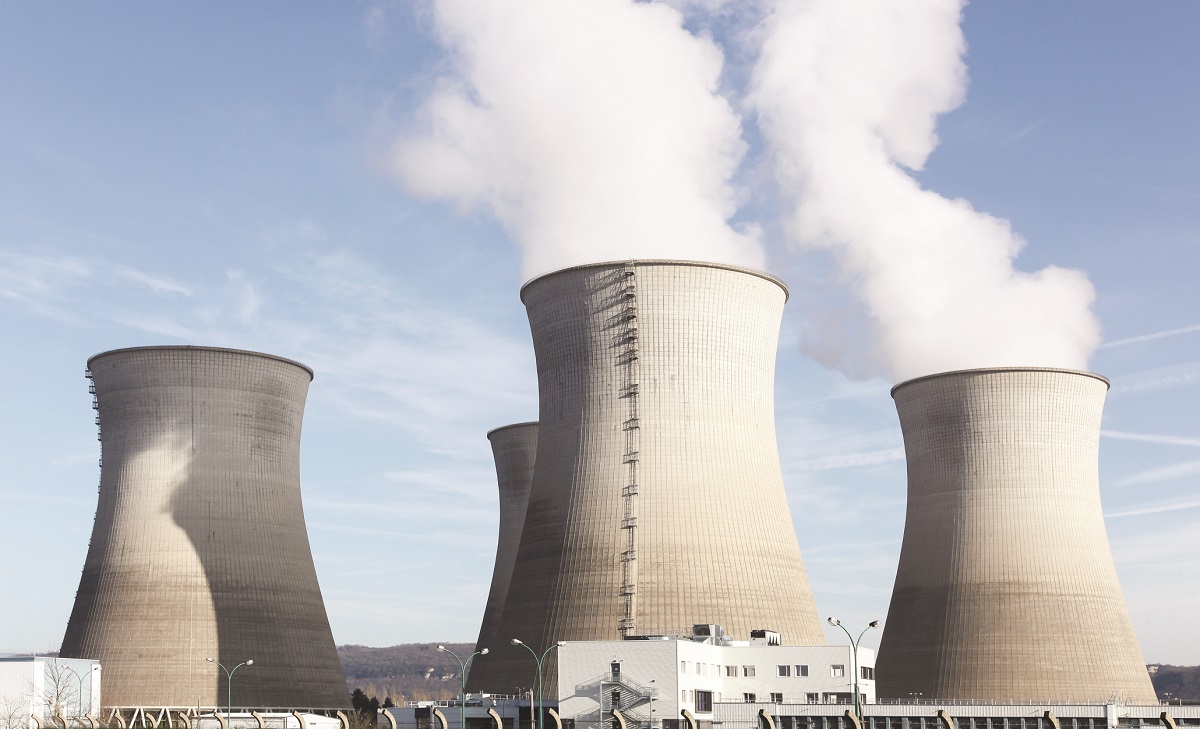DECLASSIFIED Government documents have revealed high-level discussions over a proposal to build a nuclear power plant near Coalisland during the 1950s.
Papers recently opened at the Public Records Office in Belfast under the 20-year rule outline how close Tyrone and the North was to achieving atomic power decades ago.
The two sites envisioned for the dawn of a nuclear age in the North were earmarked as Washing Bay and Derrywarragh Island, both just miles from Coalisland.
Secret talks were held between Stormont and Westminister with the strictest confidence, not just because of Cold War paranoia, but also in fear of recent IRA skirmishes at the border.
In 1957, Lord Glentoran, the Minister of Commerce at the time, told colleagues he would examine the sites of the proposed nuclear facilities ‘with security considerations in mind’, according to the secret minutes of Cabinet discussions.
However, the main objections came from soon-to-be Prime Minister of the North, Terence O’Neill, who cited the security concerns and loss of unionist jobs to the nationalist townlands.
“As the crow flies, Washing Bay is only 17 miles from the border and it is situated in what I might describe as a doubtful area,” he said.
“I was just wondering whether any site between Crumlin and Lurgan might be discovered.”
The future Stormont leader added, “Incidentally, a technician might find life in Lurgan or Lisburn more congenial than in Co Tyrone… Finally, here is the point that we are situating this extremely valuable asset in one of the two counties where the unionists are in a minority – who can tell what the position will be in another 25 years?
“I fear I am being extremely tiresome in raising this matter, but I think it possible that we didn’t consider it sufficiently at yesterday’s Cabinet meeting.”
However, Lord Glentoran replied, “While saboteurs are about in small organised gangs no area, particularly no sparsely populated one, can really be regarded as safe.
“A power station, which is always manned and could be specially guarded, is probably the least vulnerable of the essential parts of the electricity supply system.”
Disaster
The nuclear planning preparations were shortlived, as in October of 1957 the worst nuclear disaster in the UK would halt the progress of developments in the North.
The Windscale nuclear site in England caught fire and radiation spread across the UK and Europe.
The disaster was ranked five out of seven on the International Nuclear Disaster Scale, just two rankings below Chernobyl.
Ultimately, the plans never went ahead.
Reacting to the proposals contained in the recently-declassified files, Coalisland independent councillor, Dan Kerr, said that the ‘risks would have outweighed the positives’.
“When you think of nuclear plants you think of big industrial cities and urban areas, but you also can’t help but remember the Chernobyl disaster in 1986.
“It would have been a huge employment opportunity in Coalisland, but at the same time, the risks to locals and the environment would have far outweighed the positives.
“Looking at Lough Neagh now, you could imagine if a disaster like Chernobyl were to have happened here, the whole area and maybe even large parts of the North, could have been turned into a complete wasteland.
“Life and the local habitats would have been destroyed, and people around the area would have had to move elsewhere.
“Like Chernobyl now 40 years on, large parts of the surrounding area are still uninhabitable to this day.”
Turning to the comments from Terence O’Neill surrounding the placement in a Catholic area, Cllr Kerr added that ‘sectarianism’ was the wrong reason to raise objections.
“In hindsight, it is probably a good thing the plans didn’t come together.
“We know a lot more about nuclear energy now in 2024 than we did in the 50s.
“But, while it was probably a positive move, to object the plans based on sectarian motives was the wrong way to go about it.”







